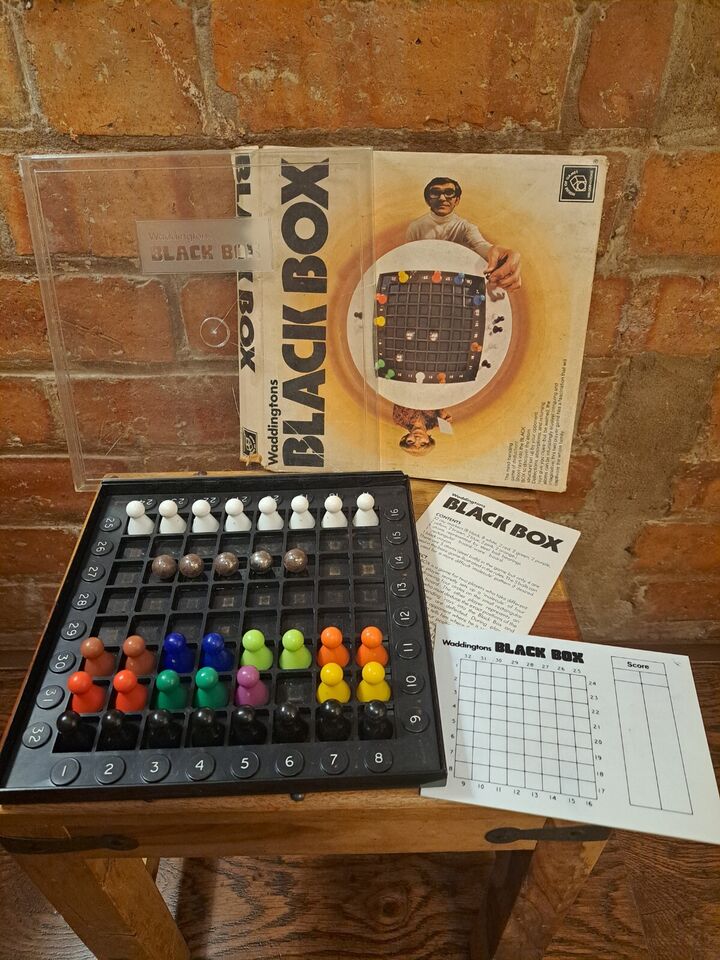Black Box
Black Box
Black Box is an abstract board game for one or two players, which simulates shooting rays into a black box to deduce the locations of “atoms” hidden inside. It was created by Eric Solomon, a British game designer and mathematician, in 1976. The game was inspired by the work of Godfrey Hounsfield, who was awarded the 1979 Nobel Prize in Medicine for his invention of the CAT scanner. The game was published by Waddingtons from the mid-1970s and by Parker Brothers in the late 1970s. In 2007, the German company Franjos launched a new version, the BlackBox + with a hexagonal board that increases the complexity of the game.
Why is Black Box Popular?
Black Box is significant because it is the first and possibly only board game of a genuinely scientific nature. It is also a popular game that challenges players to use logic and deduction to discover the location of hidden objects.
We are supported by our audience. When you purchase through links on our site, we may earn an affiliate commission, at no extra cost for you. Learn more.

